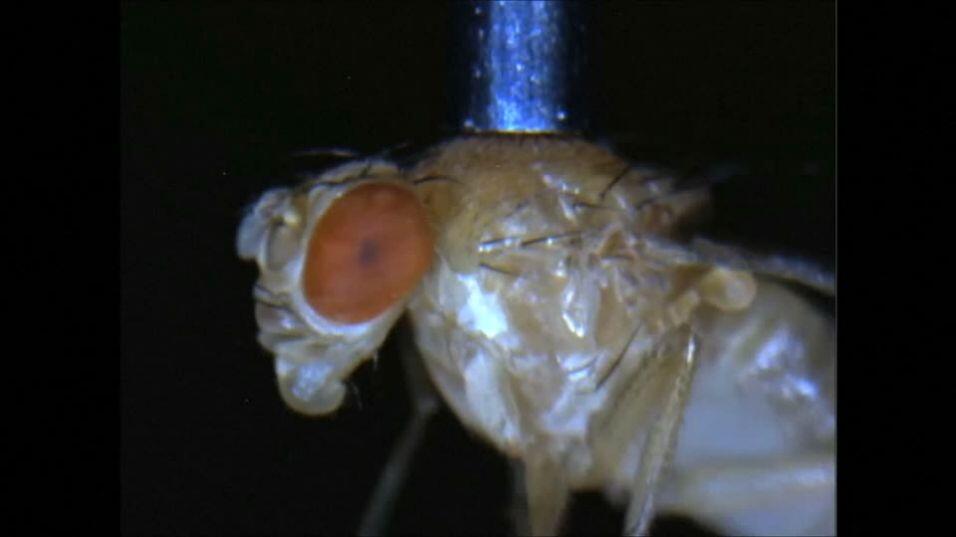PALO ALTO, California – Stanford University researchers are using the most sophisticated fly catcher in the world with the potential to speed up the rate of scientific insight into diseases like Alzheimer’s and Parkinson’s. Utilizing robotics, computer vision, and high speed cameras along with a powerful suit of sensors, this robot can handle and study fruit flies with unprecedented speed and accuracy. Fruit flies and humans share more than 50 percent of the genes known to affect human disease, making them crucial to genetic research. “Historically the fruit fly has been an important model for the study of various biological processes and has led to important discoveries initially in genetics but then in other fields as well,” said Mark Schnitzer, a professor of biology and applied physics at Stanford University. But gaining scientific insight from the humble fruit fly is difficult because preparing their tiny brains for study is time consuming. “We looked at this situation and thought, well, the fruit fly offers so many advantages, the powerful suit of genetic tools. On the other hand there is still a lot of human labor that is involved and with the advent of modern robotic technology we should be able to change the situation and to a degree of automation to the field that simply had not existed before,” Schnitzer added. The robot works by releasing flies onto a dish in the pitch dark to ensure they don’t fly away. Then a suction needle guided by infrared cameras catches a fly. Researchers can then image and prepare it for further study. All of this happens in a matter of seconds without the need to drug the flies. “You can precisely handle the fly without any anesthesia that means it can actually give you a clean brain to study,” said Stanford fly biologist Cheng Huang. And a clean brain, says Huang, makes for more accurate results. “Even in flies there are a lot of genes related to human disease and there are a lot of fly-human disease models and that means you can induce a lot of symptoms,” he added. These symptoms include those of neurodegenerative diseases like Alzheimer’s and Parkinson’s that now, thanks to a fly catching robot, researchers can better understand at a faster pace. The description of the first experiments using the robot were published in the journal Nature Methods.











